Proposed conservation area would bring you closer to nature — and to the dead
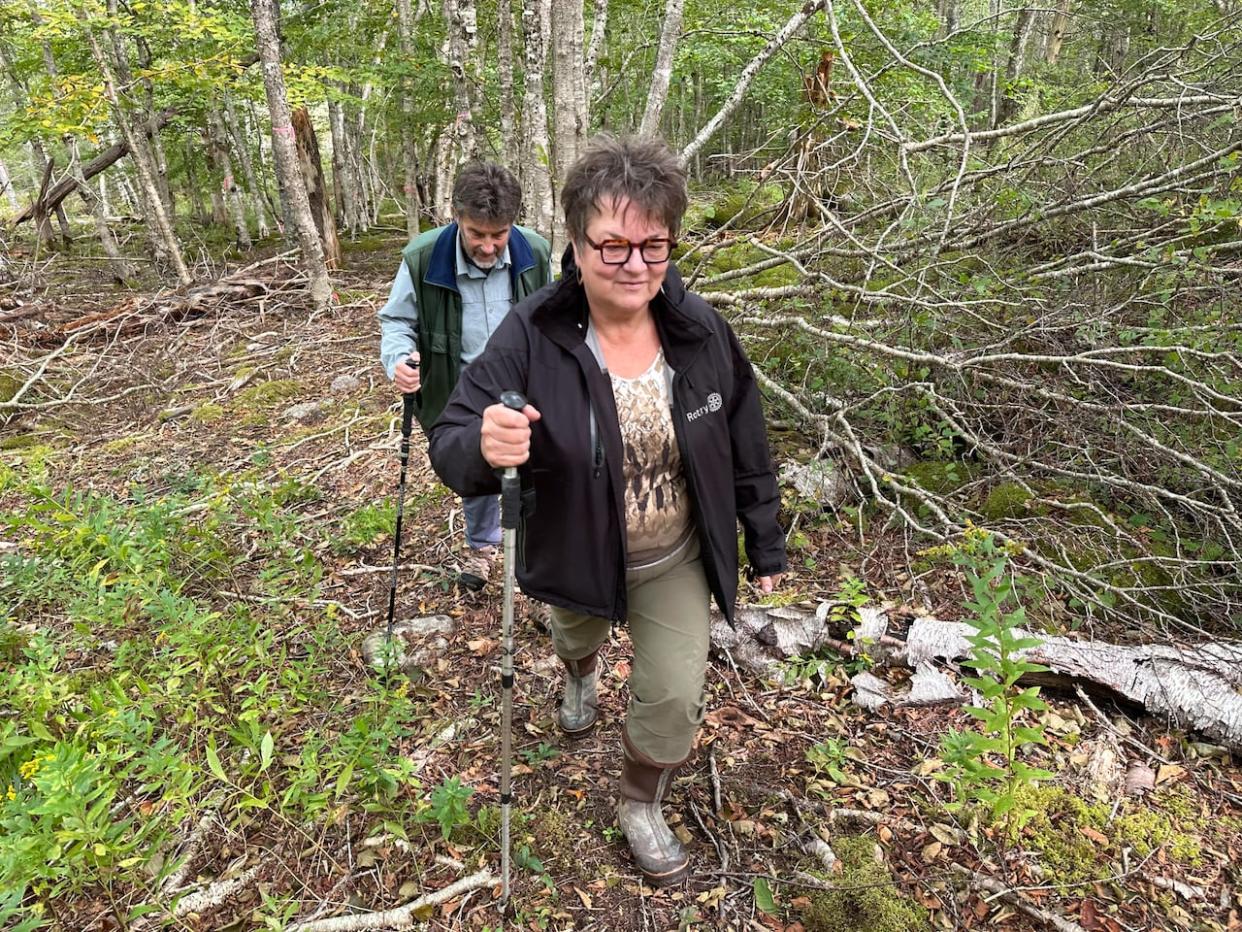
Climb into this section of woods overlooking Nova Scotia's St. Margarets Bay, step past an aging pear tree, through the mud and moss and tangles of exposed spruce roots, and there finally emerges a gentle slope thinly dotted with yellow birch.
It is to here, or to other small pockets between the trees, that friends and families will one day carry the bodies of their loved ones to bury them in shallow graves, flesh and bone to be consumed by the earth of a thriving forest.
"It's not new, it's going back to the way things were," said Ray Mattholie, who lives in the area.
"For the loved ones coming to visit, it's beautiful, it's a walk in the woods, with the chance to stop where they know their loved one is and to reflect and remember."
That is the vision, at least, of Mattholie and a small group of volunteers who want to turn 11 hectares of land behind St. Paul's Anglican Church in French Village, N.S., into a conservation site with an intriguing side act — it will double as a burial ground.
In short, little cemeteries in the woods.
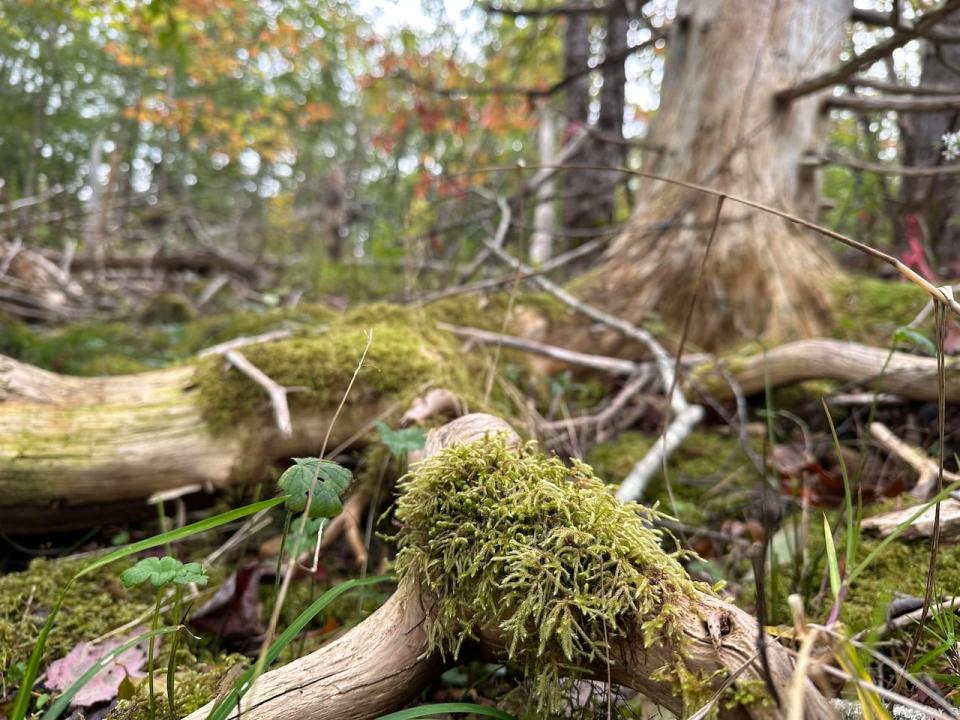
A retired biologist has examined the plant life on the land behind St. Paul's Anglican Church. (Richard Cuthbertson/CBC)
The push is part of a broader movement that's fairly new in Canada, but more common in other parts of the world, of rethinking typical Western Christian burials from an environmental perspective.
Instead of chemical embalming, steel-lined caskets made of foreign wood and grave markers crafted from imported stone, "green burials" aim to lessen the environmental footprint, with bodies wrapped simply in linen or placed in locally made pine boxes.
But the plan for St. Paul's also reflects a deeper discussion on grief: that cemeteries don't need to be places that people avoid, but can instead be destinations for a day out, where families can bathe in the sunlight twinkling through the leaves, and children can play and explore.
"We tend now to try and hide death," said Louisa Horne, who is from a United Church background and is helping with the volunteer effort at St. Paul's. "But yet it's an important part of our lives."
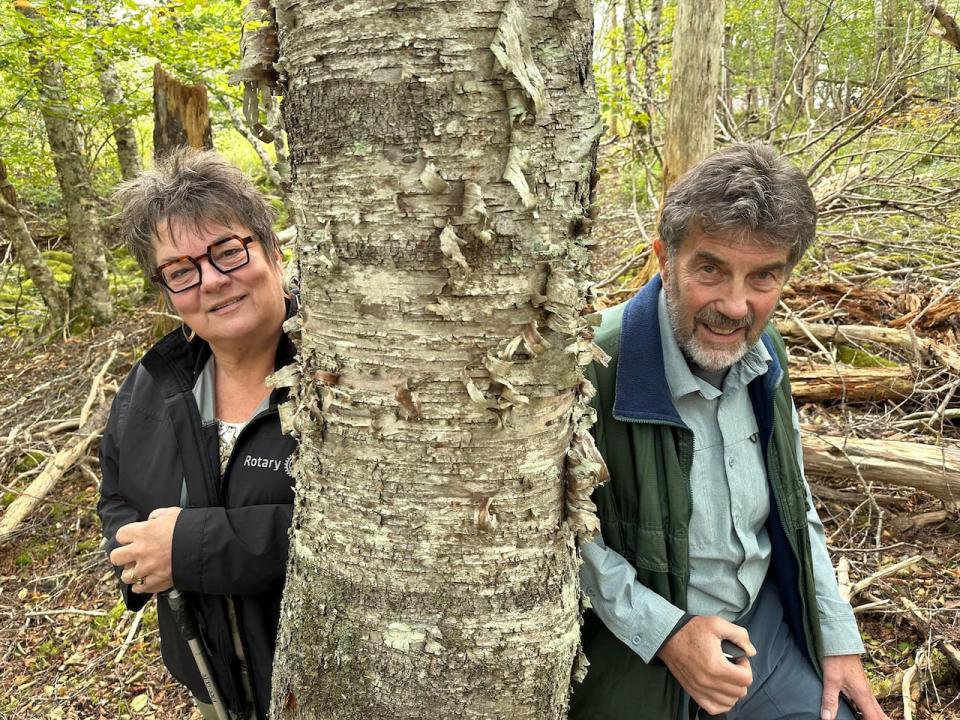
The group expects to soon apply for conservation site status. (Richard Cuthbertson/CBC)
Natural burial grounds have been part of the landscape in the United Kingdom since at least the 1990s. They are also sprouting up in the United States. One, outside Pittsburgh, has a petting zoo.
Mattholie, who is a member of St. Paul's church and vice-president of the Green Burial Society of Canada, recalls visiting a natural burial site in Wales that was a sheep pasture. Only GPS co-ordinates noted the locations of graves.
In Canada, including in Nova Scotia, a growing number of cemeteries have set aside areas for green burials. Sunrise Park Inter-Faith Cemetery, in Hatchet Lake outside Halifax, is certified through the Green Burial Society of Canada. Two cemeteries run by the Halifax Regional Municipality allow green burials.
But what is planned for the two-kilometre stretch of land behind St. Paul's is something that is still fairly unusual in Canada — burial sites tucked away in the forest.
Rev. Marian Lucas-Jefferies, the co-ordinator of the environment network for the Anglican Diocese of Nova Scotia and Prince Edward Island, said natural burials go to the heart of loving all God's creations, and of loving your neighbour.
She noted such burials are common in Muslim and Jewish traditions, and she hopes that when she dies her body will be buried in the woods behind St. Paul's.
"I'm not going to last forever," Lucas-Jefferies said. "I get a great deal of satisfaction out of knowing that what will happen to me after I die, my body that is, that it won't cause damage to the planet."
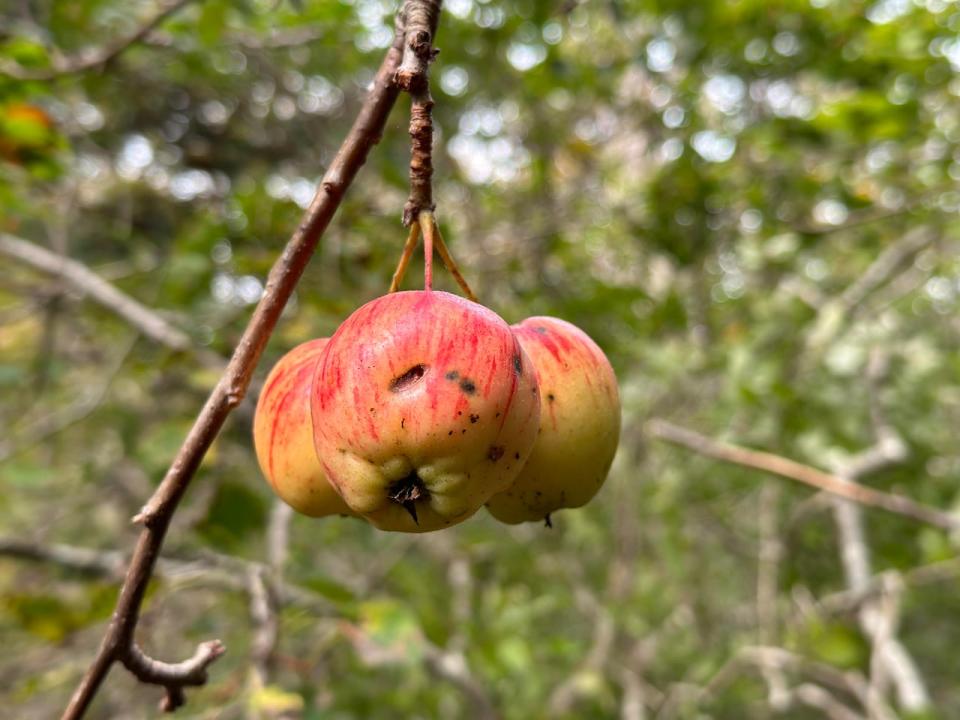
The land behind St. Paul's Anglican Church used to be a farm, and there are still old apple trees standing. (Richard Cuthbertson/CBC)
The St. Paul's group is close to applying to the Department of Natural Resources for conservation status for the land. A retired biologist has examined the plant life.
During one early morning hike in, an ornithologist detected 40 different species of birds, according to Horne.
It's also been a bit of a "learning lab." Computer science students are looking to develop a "talking tree" app where visitors can learn about the area through their phones.
Construction students from the Nova Scotia Community College have examined an old stone foundation on the property, which used to be a farm. Drone pilot students practised behind St. Paul's over the summer.
A trail system will eventually be built, one that will be suitable for older people. The church may serve a double function as a place of worship and an interpretation centre.
Part of the vision includes "healing gardens." At burials sites, which will fall under provincial regulation, names might be etched into nearby granite boulders. A bench may mark a spot. But nature will be allowed to slowly encroach.
The spots for graves will be chosen carefully. So much of Nova Scotia is rock, and digging by hand can be a challenge in soil full of boulders. Lots of tree roots are a problem.
The graves won't be much more than a metre deep, more shallow than a conventional burial. This is intentional, as oxygen levels will be higher and decomposition faster.
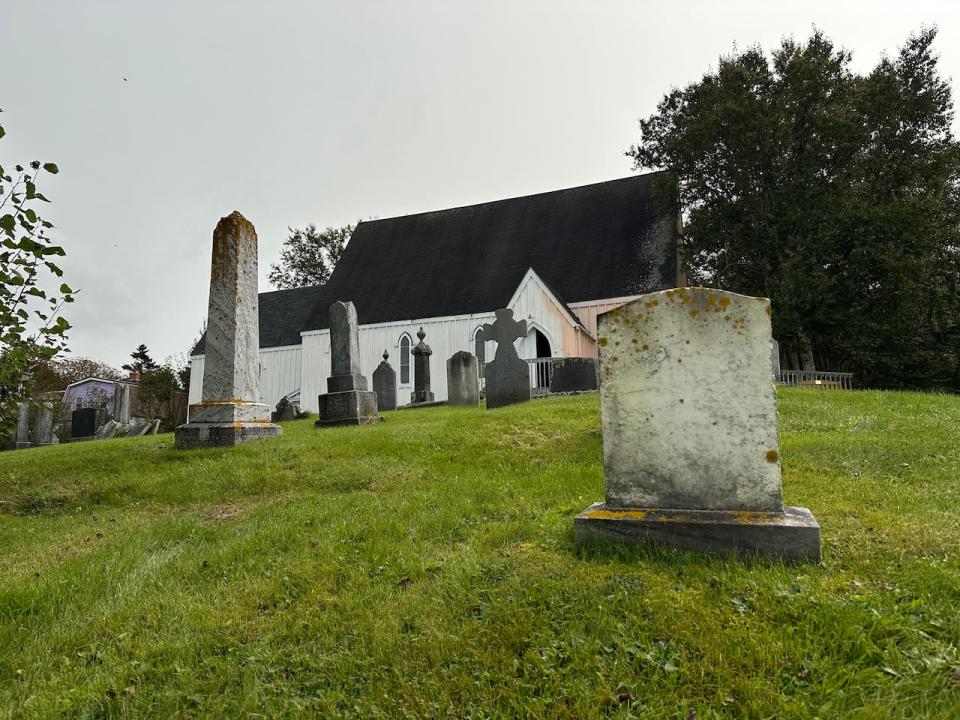
The graveyard of St. Paul's Anglican Church is shown. (Richard Cuthbertson/CBC)
In many ways, St. Paul's is typical of many old country churches in the province. The land on which the building sits was deeded to the lord bishop of the Diocese of Nova Scotia 200 years ago.
There's a small cemetery out front, with faded gravestones. Cemeteries like these are beautiful in their own way and are part of the ritual for many people, Horne said. But most visitors don't spend more than a few minutes at one.
"I know with my own family members who are in those typical graveyards, I go, I sweep off, I take a wreath, I do whatever it is that I want to do as part of my remembering," said Horne.
"But it's not something where I'd say I'm going to take my grandchildren for the afternoon and we're going to walk through and talk about their great-grandmother."
MORE TOP STORIES


